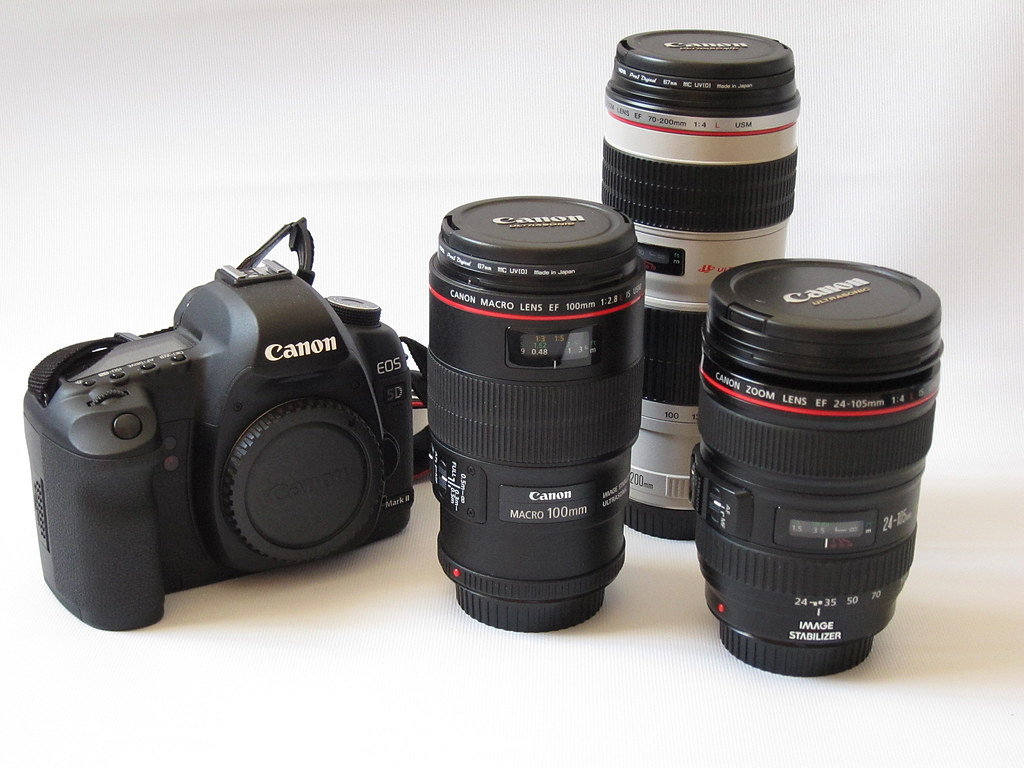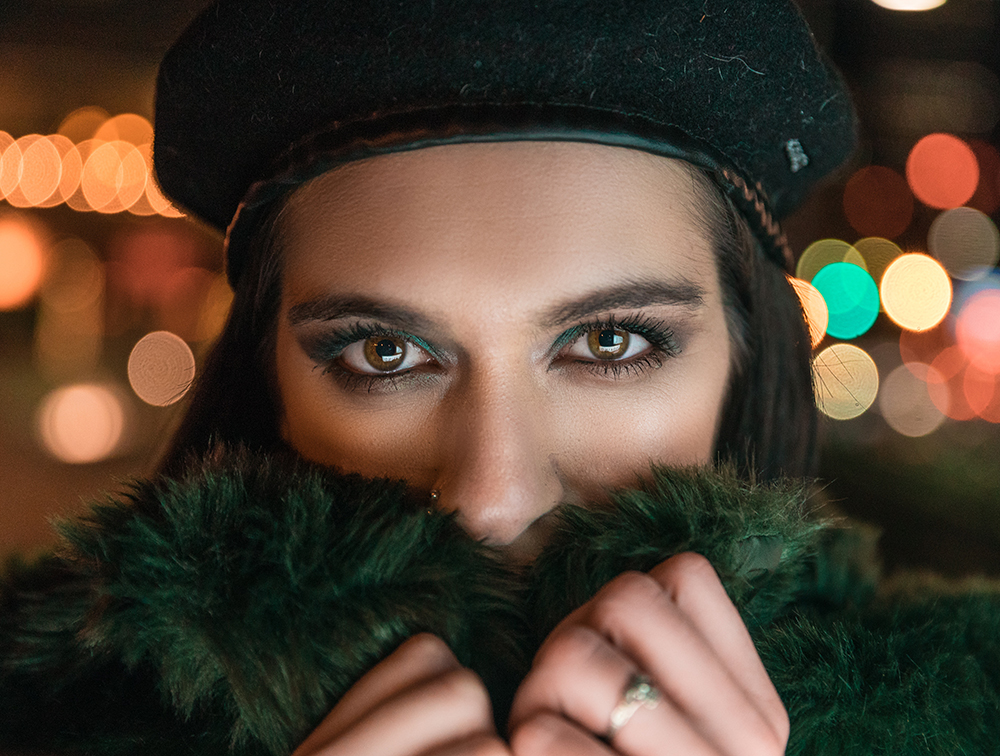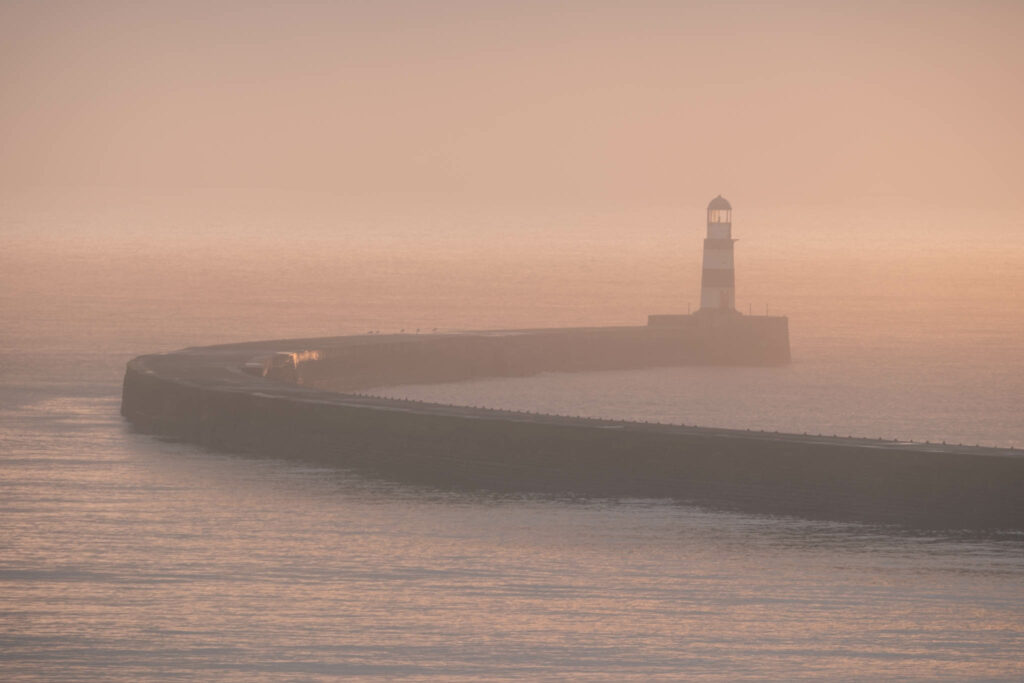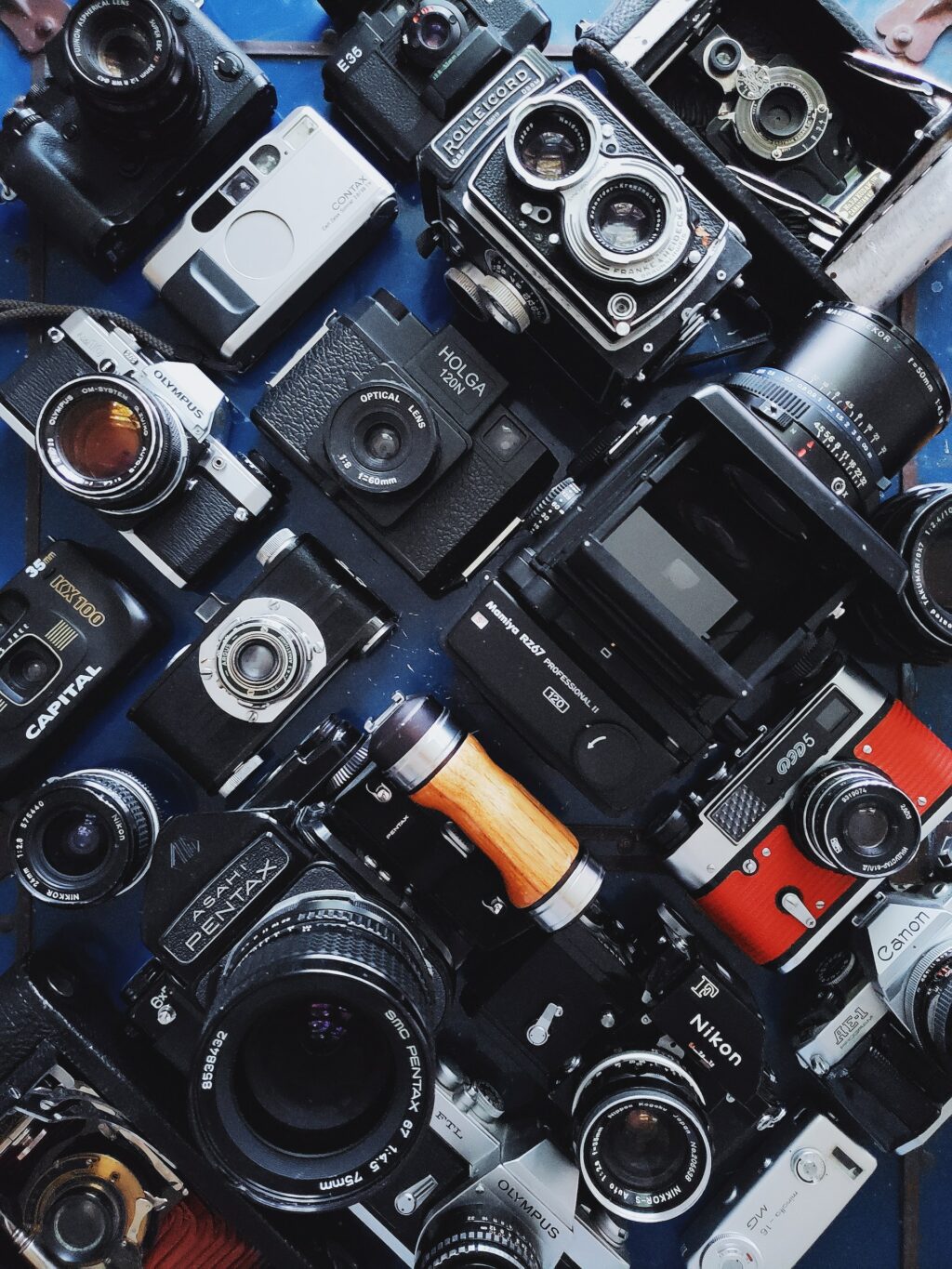Debates in the photography community are quite common, ranging from topics on photographic gear to brands and much more. One such never-ending debate is the prime lens vs. zoom lens debate. Photographers often argue about how prime lenses are better than zoom lenses and vice versa. It is obvious that both lens types have pros and cons, but in my opinion, when it comes to primes, pros outweigh the cons.
I won’t go into specific features or compare them based on build quality, weather sealing, etc., since the thing that I see in a lens is the image quality and whether it pushes me to the limits.

Since I like to experiment a lot, convenient and easy stuff just don’t do the job for me. When I started doing photography I was shooting with a film camera fitted with 58mm f/2 lens. That was all I had. Even though digital cameras were already advanced enough I couldn’t really afford one. But shooting analog with fixed focal length made me pick my photos better, pay more attention to framing and taught me how to use my legs in order to frame better. Therefore, in my point of view, prime lenses beat zoom lenses in a variety of categories.
Here Are 7 Reasons Why Prime Lenses Are Better Than Zoom Lenses:
1. Scale the Learning Curve Faster
It is better to start learning photography with a prime lens instead of a zoom lens. That’s because you probably won’t have the convenience of a zoom lens, and you’ll learn to move more in order to frame. As a result, each photo will feel more rewarding due to the work you had put in it. Also, you’ll see the selective focus much better on prime lenses due to their wider apertures that will allow you to master selective focus much faster.
2. Get Better at Focusing
Well, nowadays we all rely on the autofocus, especially those of us who don’t have a perfect, 20-20 vision. However, it is very easy for the camera to miss the focus having the wide apertures that primes provide, whether it is due to the sensor picking up the wrong thing to focus on, or you moving slightly back or forward. That means, by using a prime lens you’ll practice focusing as well, even though you will most likely be using autofocus.

3. Produce Sharper Images
Prime lenses are significantly sharper than zoom lenses. That is due to the fact that they don’t have extra glass inside that moves in order to zoom. As a result, you get better quality photographs due to less diffraction, which increases with higher number of lens elements inside as in the case of zoom lenses.
4. Capture Beautiful Bokeh
Having maximum apertures of f/1.4, f/1.2, even f/0.95, prime lens generally have wider apertures than most of the zoom lenses (with the exception of lenses like the Sigma 18-35 f/1.8, Sigma 50-100mm f/1.8). Having wider maximum aperture not only provides intense background blur and very small field of focus, but it also means that the lens gets significantly sharper when stopped down.
Another great thing about prime lens and wide apertures is the bokeh (the specular lights, in particular). Prime lens can deliver those really good defined specular lights, whereas most of the zoom lenses just make everything blurry and smooth. It is a matter of preference, of course, but with prime lenses you can easily make interesting backgrounds instead of boring ones.

5. Become a Low-Light Ninja
The prime lens gathers more light as a direct result of the wider aperture, thus increasing the general quality of the image in low light. If you use 2.8 zoom lens and 1.4 equivalent prime lens, you get 2 stops more light in the case of the prime lens, meaning you can go from 1600 ISO to 400 ISO, for example.

6. Avoid Lens Distortion
Fixed focal length lenses generally have smaller number of elements inside and no moving elements (except for focus, of course). It means that the amount of distortion is significantly smaller when compared to the focal length equivalent of zoom lenses. I’m not saying that there isn’t any, but I certainly don’t know about any that are completely distortion-free.
7. Travel Light
Primes are significantly smaller in size when compared to zoom lenses, thus more suitable for traveling and packing. And since they are smaller, they tend to weigh less, thus they wear you down less.
Prime vs. Zoom: A Quick Comparison
Let's see some of the advantages of zoom lenses over prime lenses.
- In the first place, zoom lenses provide you with convenience. They can replace whole range of prime lenses and save you the time wasted in changing lenses. The trade-off, however, is a less sharp image, heavier and bulkier lens (often more expensive), and smaller maximum aperture.
- Generally, professional photographers who photograph weddings and similar events rely mostly on zoom lenses since the pace of the event doesn’t leave enough breathing time to swap between prime lenses. Often you’ll see these photographers having two or even three bodies hanging around with different lens. On the other hand, fine-art photographers need more quality in the picture (quality being less noise, picture being as sharp as possible and having less distortion). Therefore, they tend to use prime lenses due to the picture quality they provide.
- Zoom lenses can be better for portraits (not that prime lenses aren't) in the sense that the longer the lens is, the more background blur you get for a particular aperture value. So, zoom lenses can help you separate your portrait nicely from the background while keeping most of the portrait in focus. This can also be achieved using prime lenses with longer focal lengths.
- A zoom lens is the best choice for wildlife and sports photography because you will need to shoot from a distance, but for astrophotography, prime lenses are the best choices although zoom lenses with wide apertures work just fine.
- Zoom lenses can help you to effectively compress the background and make it appear bigger and closer than it actually is. For example, if you want to make the moon appear bigger in the frame compared to your subject, you can do it with a telephoto lens.
To conclude, prime lenses can be a better choice for some reasons, but again it is a subjective choice because lens choices depend on the purpose for which you will be using the lens, what genre of photography you will be using it to shoot or what output you prefer to achieve in your images.
What are your thoughts on a prime lens vs. a zoom lens? Which one do you prefer to shoot with and why? Feel free to share your thoughts and experiences with us in the comments section below!
Further Resources:
- Why You Will Probably Want to Get a Prime Lens
- Want to Fall in Love With a Lens? Try a Prime Lens
- How Photographers Can Use a Prime Lens to Improve Their Technique
- 3 Prime Lenses to Consider for Street Photography
- How to Make the Most of the Affordable 50mm 1.8 Lens as a Portrait Photographer
- 4 Reasons to Go Ahead and Try a Zoom Lens!





10 Comments
Thank you for this very helpful article. I’ve been debating with myself about what lens to buy next. I kept thinking zoom so I wouldn’t have to buy more than 1 lens but wasn’t liking the extra weight and size. I have arthritis in my thumbs and the extra weight would not be good. I do mostly landscapes so prime would be better. So I’ll be off to try some prime lens on for size. Thanks again for providing some clarity to making this decision.
Reason 1: True
Learning to use a prime lens requires you to think more about your image before taking a shot.
Reason 2-7: Not relevant for beginners
Focussing with a cheap lens will always be like … well. Focussing with a cheap lens.
Manually focussing a DSLR or DLR is, mildly put, a pain in the ass, since the camera only gives minimal indication of bein in/oout-of focus. If you want to practice this, use a cheap old 35mm camera.
That Bokeh point? Just remember everything below f/1.8 will get exponetionaly more expensive, and not something beginners should invest in yet.
Lens distortion can be tricky, and I’ve seen some darn ugly distortions on zoom as well as prime lenses in the past.
The Travel Light … Should I take my 6 primes, with 300-800g each with me or just my allround zoom at 600g … gee I dunno.
well why do you need 6 primes?
Newer mirrorless cameras like Canon EOS R have excellent indicators for manual focus. You don’t have to use an old film camera for easy and accurate manual focus any more.
Just bought a nice, portrait, prime lens after working with a very good VR zoom lens. WOW! I did not understand it all until I read this article. Thank you so much for the information.
Up until a few months ago I used both primes and zooms, but generally preferred zooms. Then I tried Canon’s 135mm f/2 L. The greater quality of the images is astonishing, and just what I need to meet my personal photographic aim, which is to produce a small number of images that will make outstanding prints. And that is before considering the brighter viewfinder, faster and more accurate AF and the ability to render the backgrounds beautifully out of focus. The highly regarded 70-200 f/4 that had been my favourite long lens does not get anywhere close and, as I do not photograph weddings or other events, I have not used it since “discovering” the 135 f/2. Now I am considering ditching my most used and most versatile lens (the 24-70 f/4 IS USM Macro) in favour of the 35mm f/1.4
Horses for courses, as the saying goes.
My go-to lens on my Canon 90D is the 24/1.4 L series which gives me that near ideal 36 mm focal length equivalent. Second is the 50/1.8 for stitched panoramas, portraits, and still life detail. However. When travelling I never leave home without the very versatile 17-55/2.8 Canon, indispensable inside old buildings, grabbing the panoramic shots in one frame, and zooming in on character faces or little details. This lens plus a 10-18mm covers all my travel/vacation needs. but at home when I have the luxury of setting up a shot, it’s prime lenses. As far as telephot lenses go, well, that’s not how I see the world.
The author is right about prime lenses are sharper than zoom lenses but is confusing zoom lens and telephoto lens: Zoom just means the focal length can change, and telephoto means long focal length. A telephoto lens can be a prime lens, for example Canon EF 300mm F/4 L IS lens, which is a prime telephoto lens and good for wild life. And a zoom lens might not be telephoto at all, for example Canon EF 16-35mm F/4 L IS lens, which is a wide angle zoom lens. You certainly do not want to use this zoom lens to shoot wild life!
I guess you have never used the 100-400mm MII L
Few if any primes are sharper.
I shoot mainly architecture and landscapes with my Nikon 18-55 vr. A lot of the shots wouldn’t have been possible with the 35 mm 1.8 i also have because i simply couldn’t go further back to achieve a wider shot. Have i wasted my money on the 35mm?. The bokeh effect is lost on me as i harldy do portraits. Many thanks for any replies.